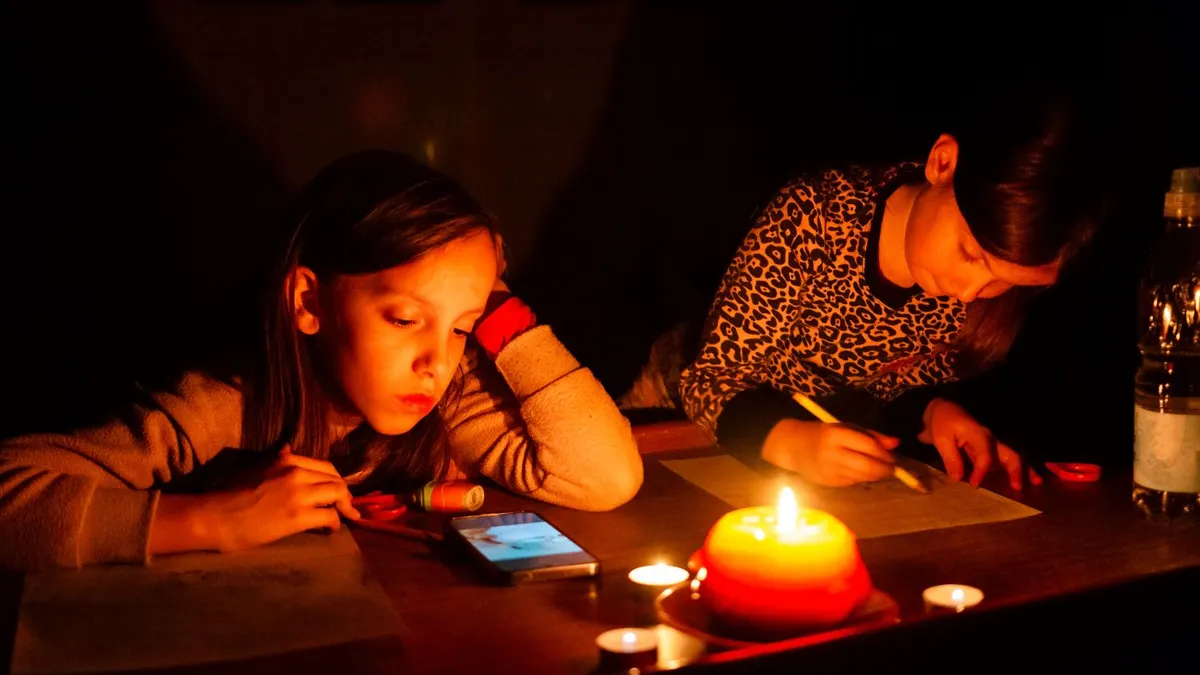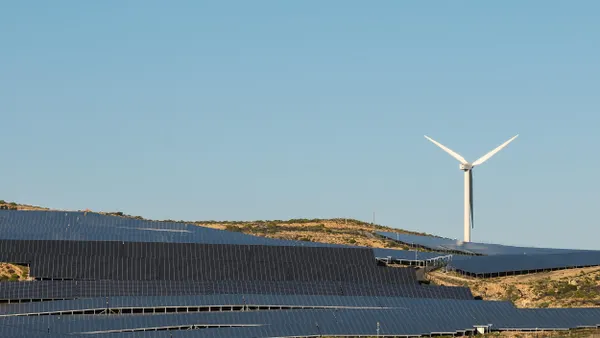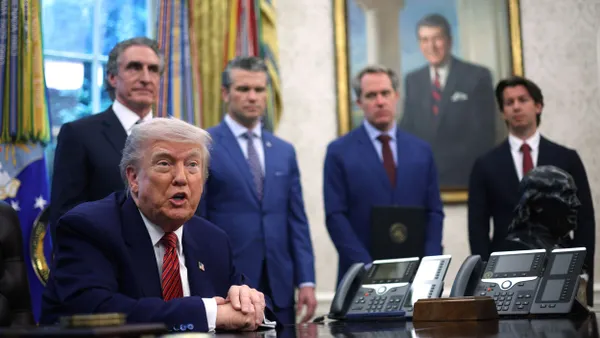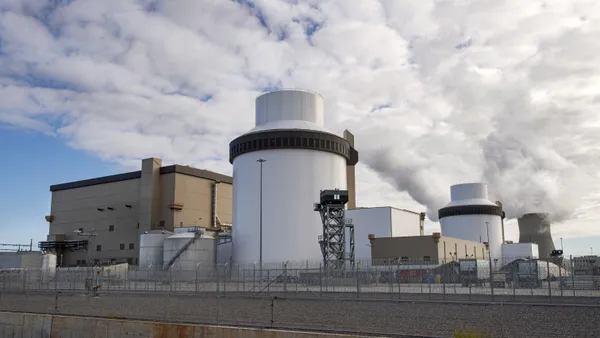Dive Brief:
- Starbucks announced on Wednesday a new portfolio of 146 MW of wind and solar projects expected to come online by 2021 and serve more than 3,000 of its U.S. locations.
- Three separate projects from distinct developers were aggregated through software and analytics company LevelTen Energy's "Marketplace" platform, enabling the retailer to purchase a portfolio of renewables in geographically diverse areas. Starbucks now directly sources renewable energy from North Carolina, Washington, Texas and Illinois, which powers 1,400 stores across the country, Patrick Leonard, energy manager at Starbucks told Utility Dive in an email.
- The portfolio allows a company with a very distributed load to procure power in the communities they are operating in, which was important to Starbucks, according to LevelTen CEO and founder Bryce Smith. LevelTen compared the new portfolio model to a mutual fund — minimizing risk by diversifying renewables investments.
Dive Insight:
Tech giants are increasingly making large renewables purchases to serve the outsized energy needs of their data centers through carbon-free means. However, LevelTen sees interest from companies in every sector in building a portfolio of renewable investments, Smith said.
Starbucks is just the beginning of what he anticipates will be customers seeking to draw power from multiple assets, as they're not large enough to buy all the power from a single project, like tech giants and their data centers.
"You have hundreds of companies that use a lot of electricity, like Starbucks, and they're nowhere near the load that Microsoft has, but it's a significant load," Smith said. "We have a lot of customers seeking this kind of portfolio because it's really akin to the mutual fund... Their intention is to purchase new renewables in an economically responsible way, and that really means diversification."
The coffee giant owns all the environmental attributes assumed with each project and the project receives financing through the wholesale market or with additional assistance from Starbucks to make up the PPA price. Whenever wholesale prices are higher than the PPA prices the retailer locked in for 15 years through LevelTen, Starbucks will be earning the net difference of the power that is bid into those three markets.
Thus the development risks are diversified regionally for interconnection, permitting and selling power. For instance, Texas has a lot of mineral rights issues, the MidAtlantic may have floodplain issues. In every case, the developer has to go through the interconnection process with the grid operator and the permitting process.
"By creating a portfolio that comprises projects in multiple markets, you not only get projects closer to where their customers are, you get geographic diversification and wholesale market diversification," and a blend of renewable technology, Bryce said.
| Resource | Capacity | Developer | Grid Operator | Location |
|---|---|---|---|---|
| Wind | 50 MW | ALLETE Clean Energy | SPP | Oklahoma |
| Solar | 50 MW | Cypress Creek Renewables | ERCOT | Texas |
| Solar | 46 MW | BayWa r.e. | PJM | North Carolina |
"We actually see a lot of interest from more traditional retail energy providers in this space," which don't have access to enough data to offer their customers "competitive, easy solutions" where "software and analytics are vital," Smith said
LevelTen, founded in 2016, raised $20.5 million in Series B funding on Monday, to expand its renewable energy procurement platform in North America and Europe, expanding access to new types of renewable energy customers beyond "a select group of Fortune 500 buyers."
"We don't see ourselves competing against those utilities as their business models evolve and they are able to offer better renewable products to their customers," Smith said. "I'm certain that we will see more innovation from those retail energy providers and newer and better products... We will be happy to provide them with up-to-the-minute information on the renewable energy market."














